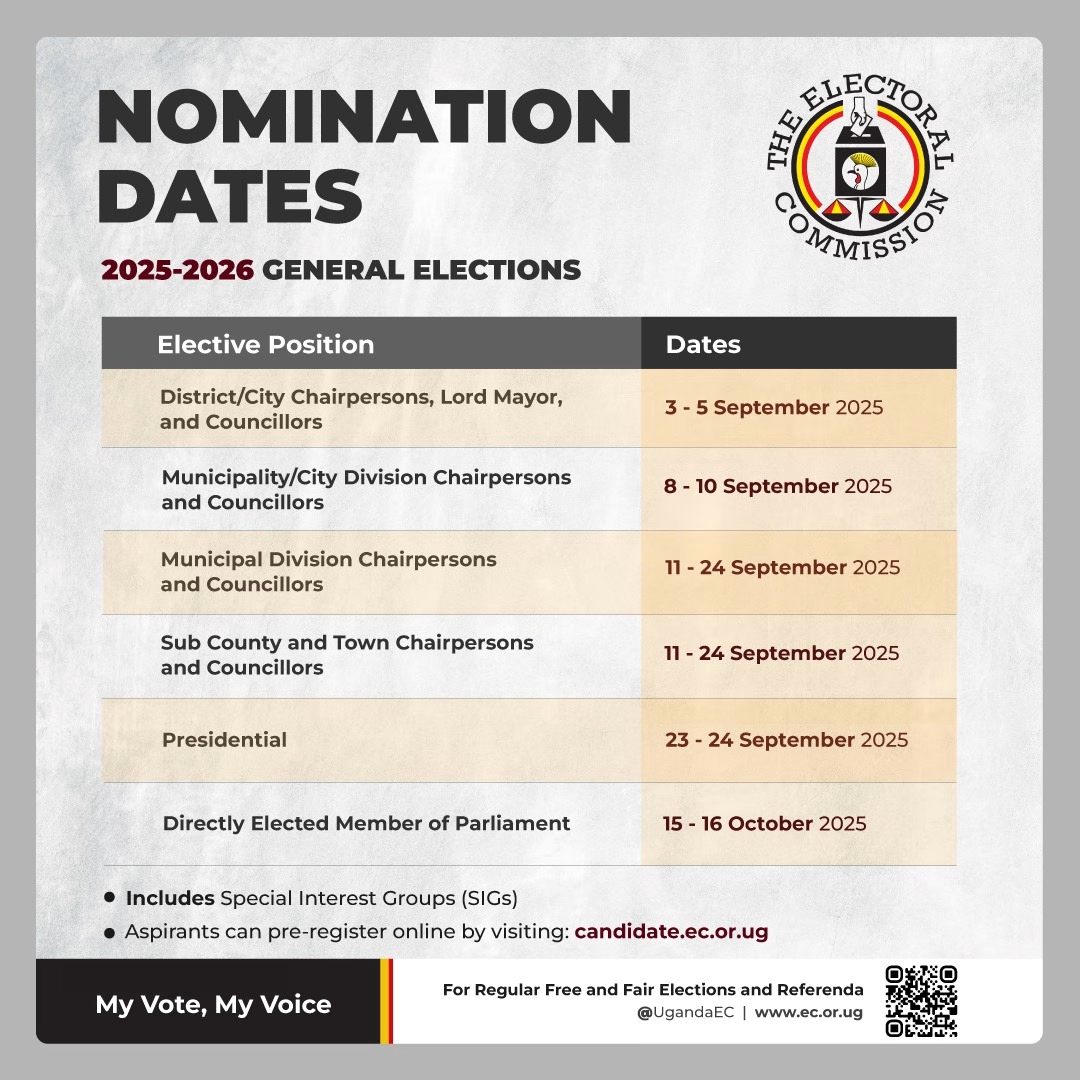War tanks running out? Russia faces alarming shortage by 2025.
The grinding war in Ukraine has brought Russia’s military machine to an inflection point, where battlefield losses, economic strain, and technological shortfalls converge in a way that could redefine the country’s capacity to sustain its campaign.

- Metal defect grounds V-22 Ospreys in stunning fleet-wide halt
- UK starts flight testing new gear for groundbreaking fighter
- Russia’s new ‘Venom-Totem’ drone can evacuate 300kg of casualties
The enormous toll on equipment—particularly tanks and artillery—has strained even the deep reserves of the Soviet era, with production capacity faltering under the weight of sanctions and logistical challenges.
A closer look reveals a complex and increasingly fragile system, with cracks that extend beyond the battlefield and into the very foundations of Russia’s military-industrial complex.
At the heart of the crisis is an imbalance between destruction and production. Each month, Russian forces lose more tanks and artillery systems than their factories can produce. Data compiled by Oryx—a group that meticulously verifies military losses—shows that Russia has already lost over 3,600 tanks, 279 howitzers, and nearly 1,000 self-propelled artillery systems and mortars.
The total loss of armored vehicles exceeds 11,000, a staggering number for any modern military. Even as Russian factories run at full capacity, their output falls woefully short of replenishing the battlefield attrition.
This imbalance is compounded by Western sanctions, which have choked off the supply of critical components, leaving key production lines unable to meet demand. One of the most alarming indicators of this decline is the reliance on refurbished Soviet-era stockpiles.
According to reports from the Royal United Services Institute [RUSI] and the International Institute for Strategic Studies [IISS], approximately 85% of the tanks and armored vehicles deployed to the front are not newly manufactured but repurposed from long-term storage.
While this has provided a temporary reprieve, satellite imagery analyzed by independent experts shows that these reserves are running dry. At key storage facilities like the Vaghzhanovo depot in Buryatia, over 40% of stored tanks and vehicles have already been pulled into service, according to investigations by The Moscow Times.
The remaining equipment, often decades old and poorly preserved, poses significant challenges for refurbishment and combat readiness.
Compounding this issue is the visible degradation of Russia’s manufacturing capabilities. Recent models of the T-90M, one of Russia’s most advanced tanks, are now rolling off production lines without critical components, such as laser-guided targeting systems that enable precision fire.
The absence of these systems, first noticed in late 2023, has severely impacted the combat effectiveness of these vehicles. Michael Jerstad, a military analyst at IISS, notes that this represents a broader trend of declining technological sophistication, a direct result of sanctions that have restricted access to advanced electronics and materials.
According to Oryx, Russia has already lost 120 T-90Ms, with only 175 delivered to the front—a number far below what would be needed to offset battlefield losses.
The economic underpinnings of Russia’s military effort are also beginning to show signs of strain. Budget documents presented to the State Duma reveal a sharp deceleration in the growth of military production.
After robust increases of 30.2% in 2023 and 15.1% in 2024, projections for 2025 show growth slowing to just 5%. This stagnation reflects the exhaustion of quick fixes and easy workarounds, as well as the cumulative impact of sanctions that have made even basic materials and components harder to obtain.
Beyond the numbers lies a deeper story about the human and organizational cost of this attrition. Russian soldiers are increasingly sent into battle with outdated and poorly maintained equipment, exacerbating the already high casualty rates.
Reports from the front suggest that crews are struggling to adapt to mismatched or incomplete systems, such as tanks lacking proper targeting sensors or communications gear.
These shortfalls not only reduce combat effectiveness but also erode morale, with anecdotal evidence pointing to growing dissatisfaction among troops and their commanders.
Another dimension of the crisis is the strategic gamble Russia is taking with its industrial base. In a desperate bid to sustain its war effort, Moscow has accelerated the cannibalization of its remaining stockpiles, stripping older systems for parts to keep newer ones operational.
This strategy is inherently unsustainable and raises serious questions about Russia’s long-term capacity to field a credible conventional military force. Analysts warn that by 2025, the country could face a critical shortage of tanks and other armored vehicles, forcing it to make hard choices about which fronts to prioritize and which to abandon.
Equally concerning is the geopolitical fallout of this decline. Russia’s traditional arms export markets, long a source of both revenue and influence, have begun to dry up. Countries that once relied on Russian weapons are now looking elsewhere, citing concerns over quality and reliability.
This erosion of market share further undermines Russia’s ability to finance its military-industrial complex, creating a vicious cycle of declining capacity and increasing isolation.
Despite these challenges, Moscow appears determined to press forward, relying on sheer numbers to overwhelm its adversaries. Max Bergmann, an expert at the Center for Strategic and International Studies, notes that this strategy carries inherent risks.
“Quantity has a quality of its own,” he acknowledges but warns that the reliance on mass production of inferior systems is a losing proposition in a modern battlefield dominated by precision and technological superiority.
The coming years will be decisive for Russia’s military fortunes. With reserves dwindling, production faltering, and sanctions tightening, the Kremlin’s ability to sustain its war effort is in serious doubt.
As cracks widen in its war machine, the consequences will ripple far beyond Ukraine, reshaping Russia’s global standing and the balance of power in the region. For now, the question is not just how much longer Russia can fight, but at what cost—and with what tools—it will attempt to do so.
Source ; Bulgarian military


